A secure, expertly maintained roof is fundamental to protecting your property in Lewisham—safeguarding its value, preventing leaks, damp, and energy loss. As trusted specialists serving London and the Home Counties, our services ensure every project meets compliance standards and delivers long-lasting results with minimal disruption to your day.
With decades of experience, accreditations by Which Trusted Trader and CITB, and premium suppliers like Welsh Slate, ALM Lead, and Kemper, you can trust us for reliable, high-standard outcomes. Book a free survey today and protect your property.

Ignoring roofing problems invites leaks, damp, increased energy bills, and long-term structural issues. Postponing action almost always leads to higher costs and escalates risks for homeowners, landlords, or businesses—especially in the UK’s unpredictable weather.

By choosing professional Roofing Services in Lewisham, you address these issues early—improving weather resistance, energy performance, and compliance with building regulations. Homeowners gain peace of mind, landlords maintain property value, and businesses secure operational safety and efficiency. Proactive roofing care is a stable investment in any context, future-proofing your building.
Roofing Services in Lewisham covers full installations, repairs, upgrades, and restorations for homes, businesses, and heritage sites. Every solution is engineered for durability and fully compliant with Building Regulations—using certified materials from trusted suppliers. We adapt each service to your property, always prioritising safety, endurance, and care.
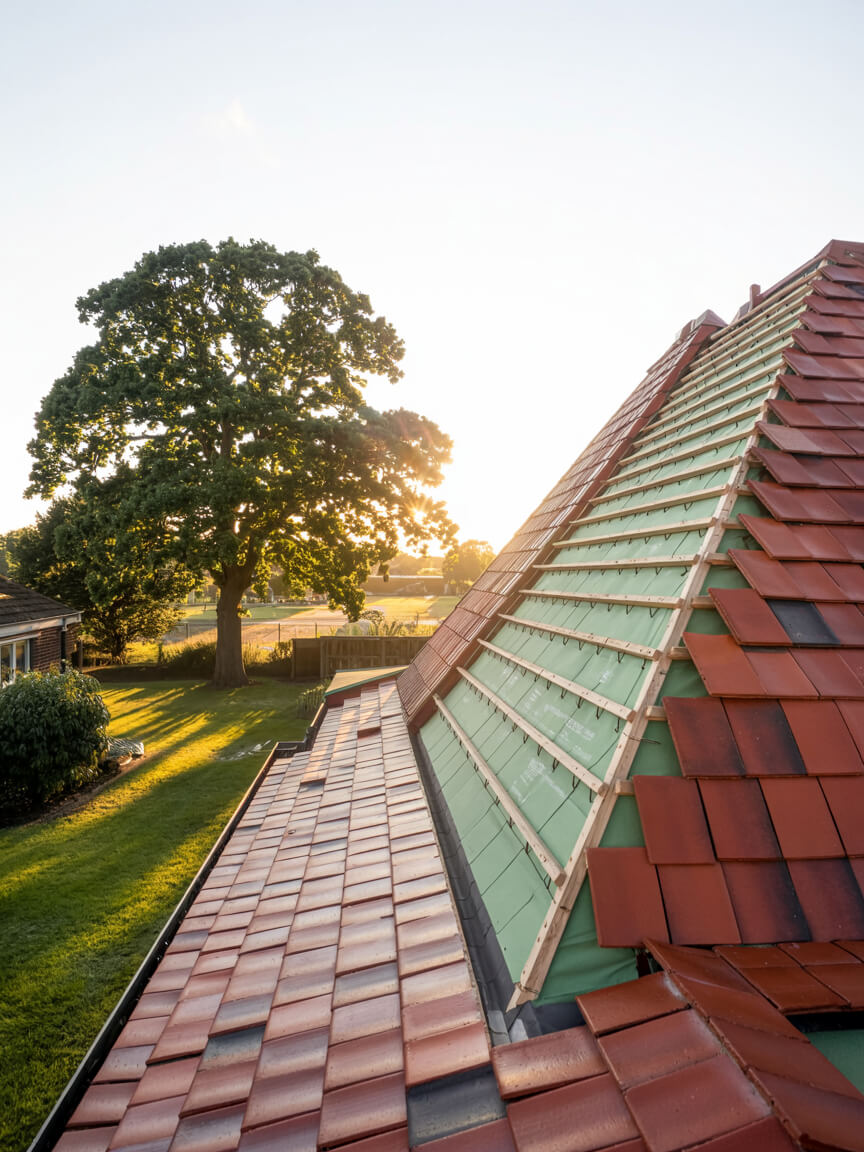
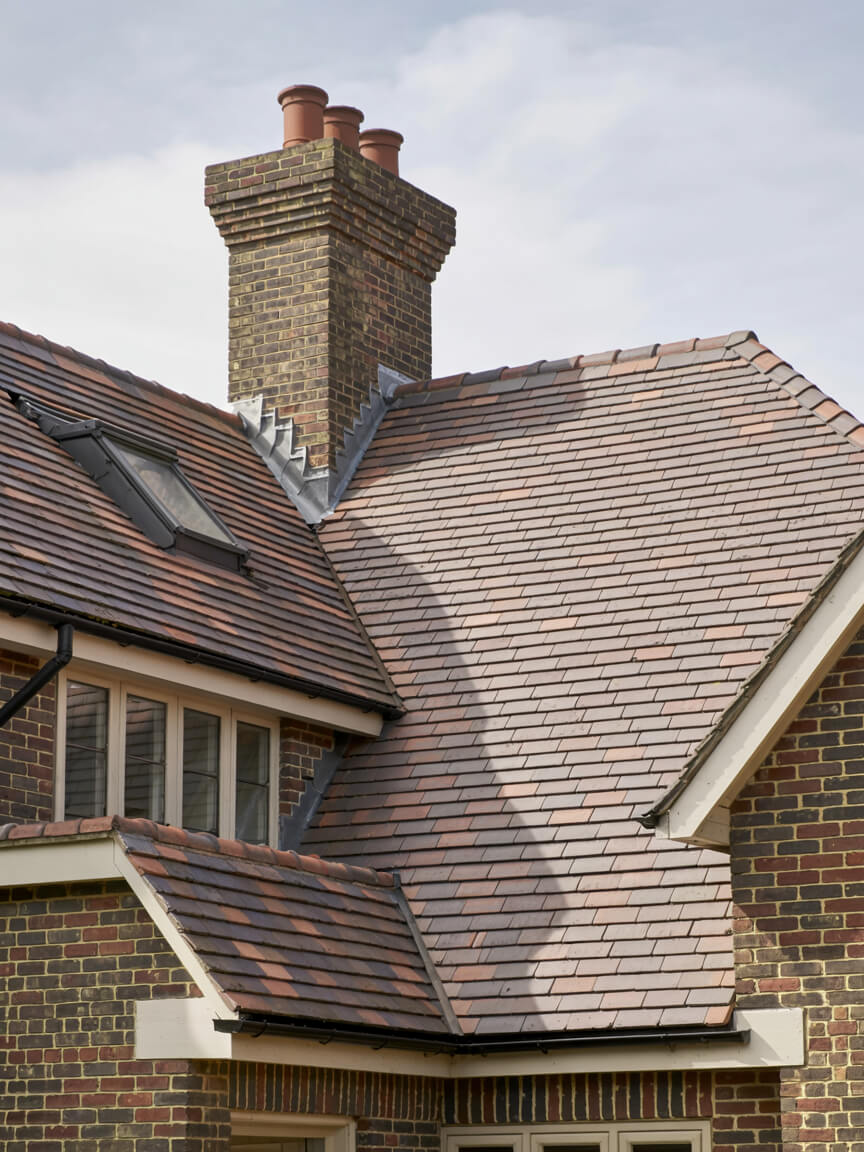
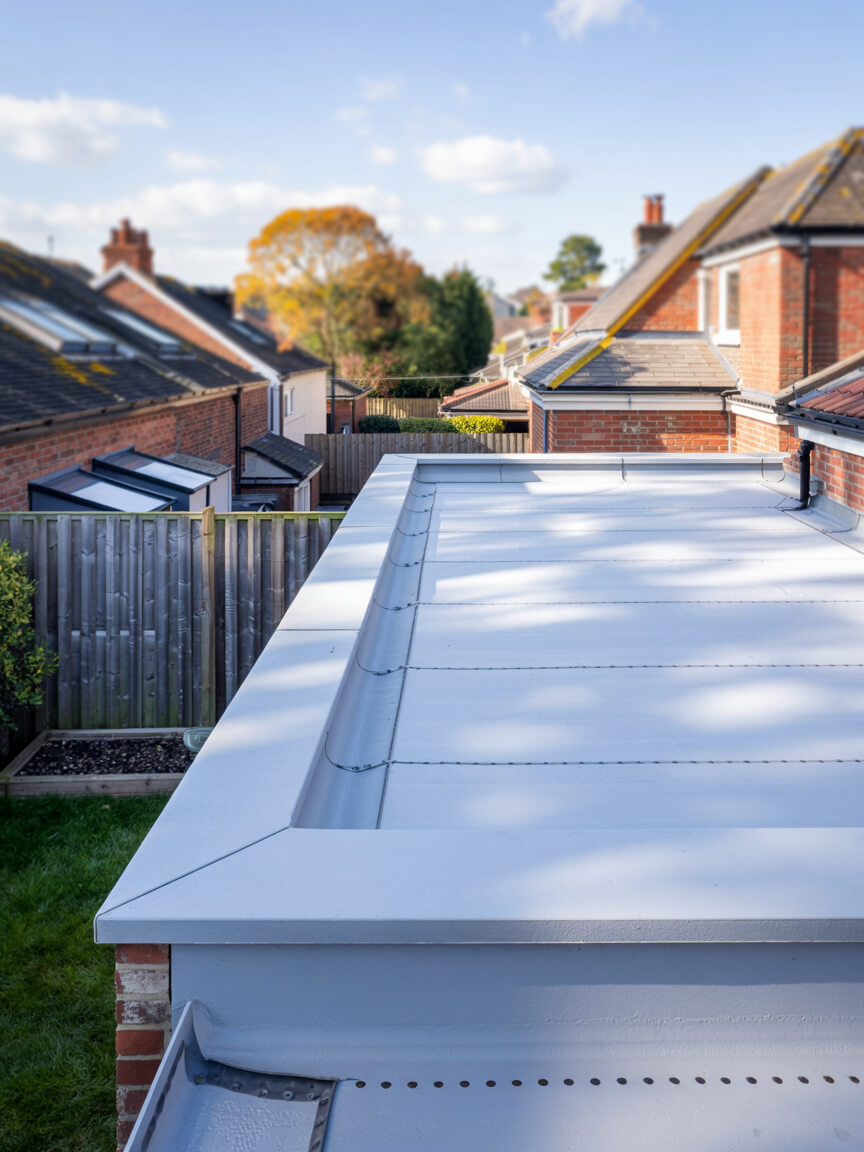
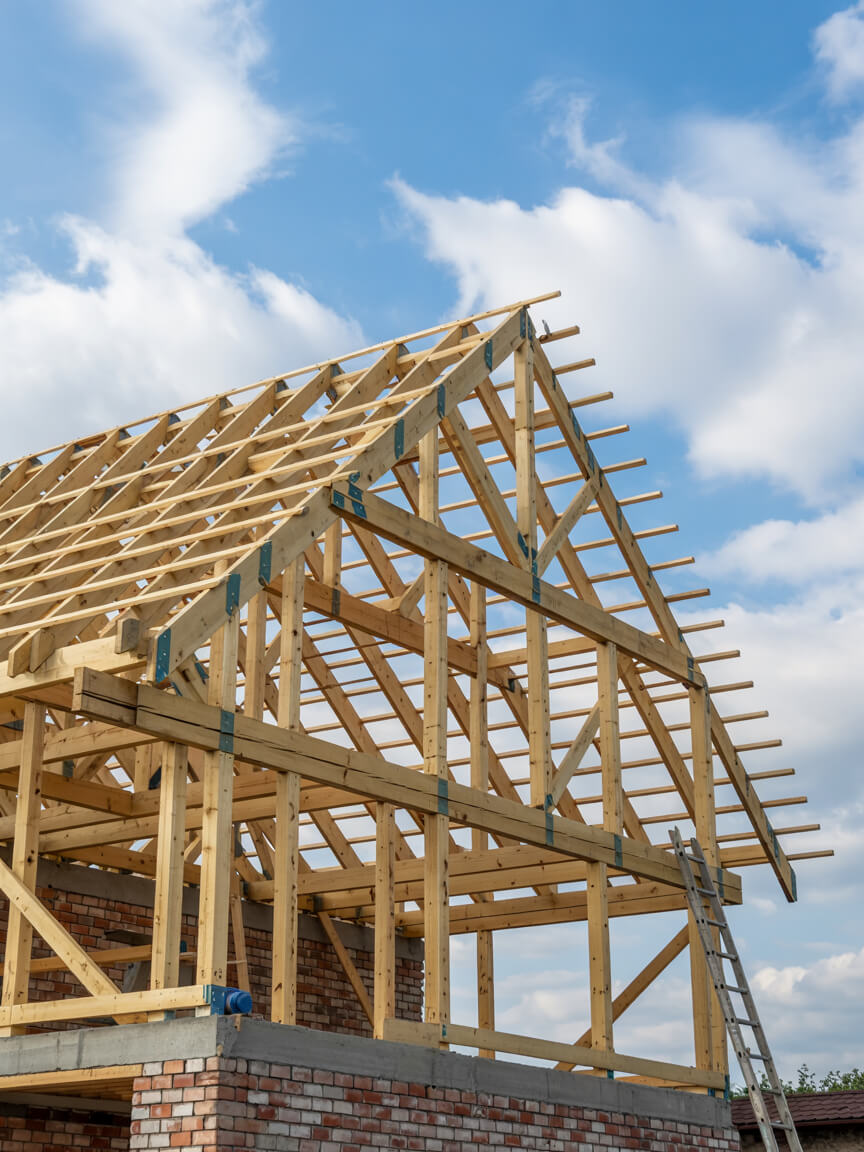
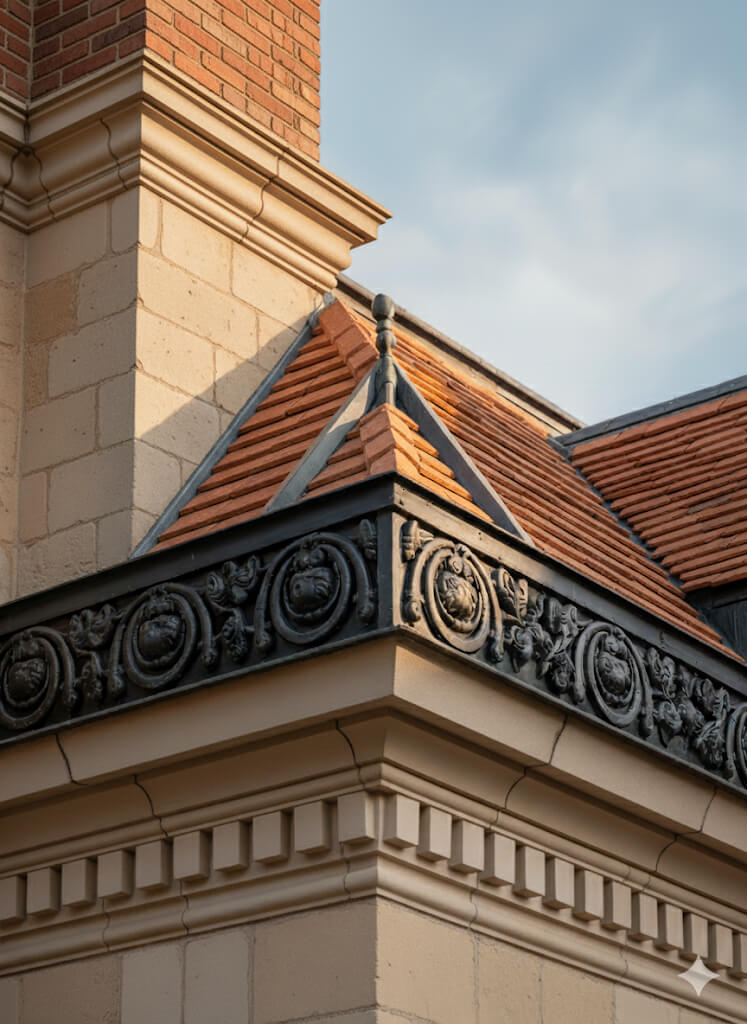
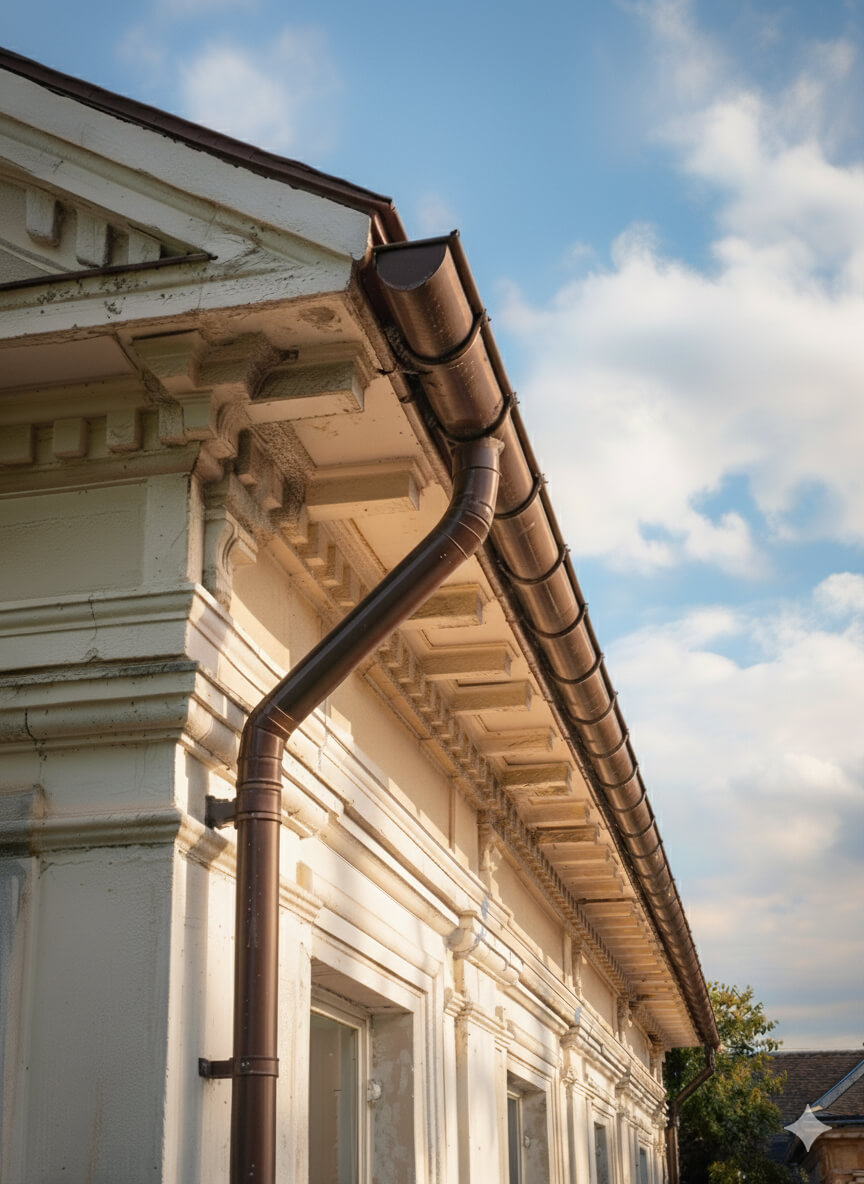

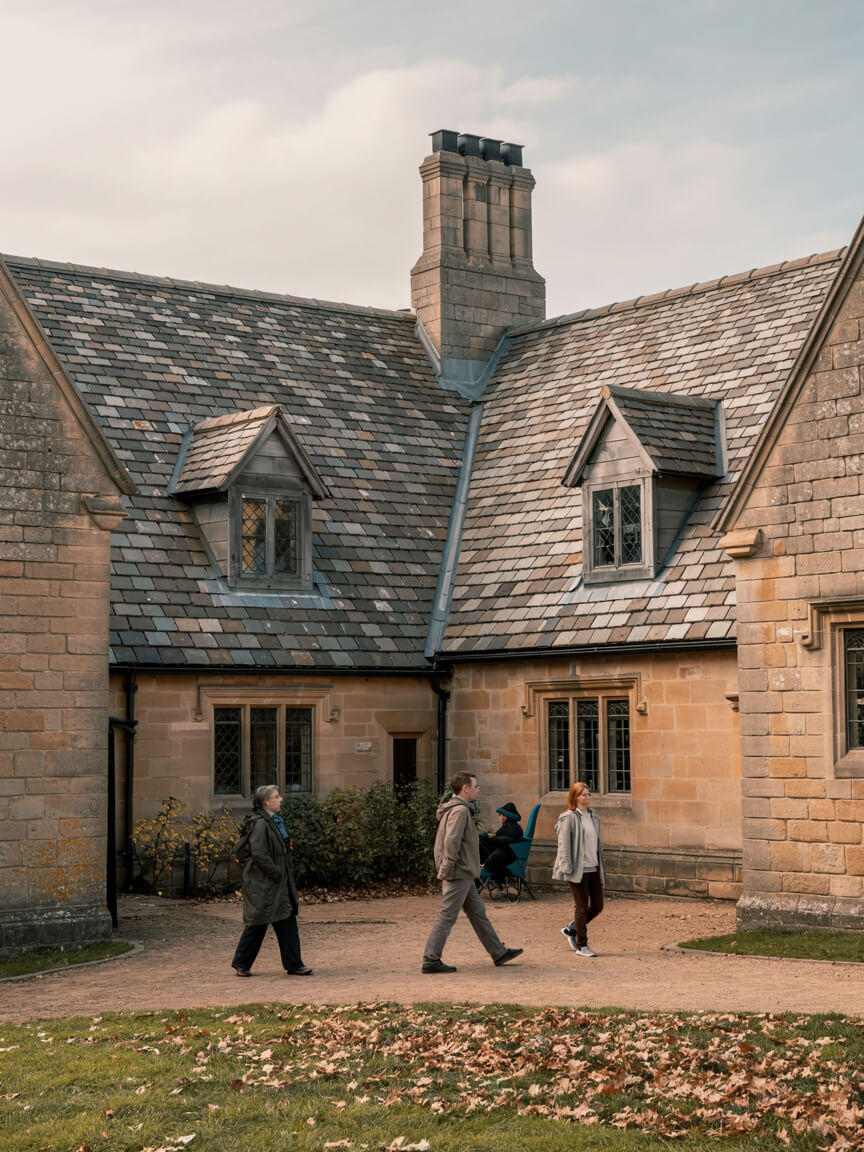
Every Roofing Services in Lewisham project is adapted to property type, roof structure, and environmental demands. Tailoring ensures compliance with regulations, minimises disruption, and maximises long-term value. From homes and businesses to industrial sites and listed heritage buildings, our flexible approach guarantees roofing solutions that meet unique needs while delivering safety, efficiency, and reliability.
Homes, extensions, and listed buildings.
Offices, retail, schools, and hospitality.
Warehouses, factories, and logistics sites.
Every Roofing Services in Lewisham project follows proven steps with quality materials. Whether a new installation, upgrade, or repair, each layer adds durability, safety, and efficiency—tailored to protect your property and meet regulatory standards.
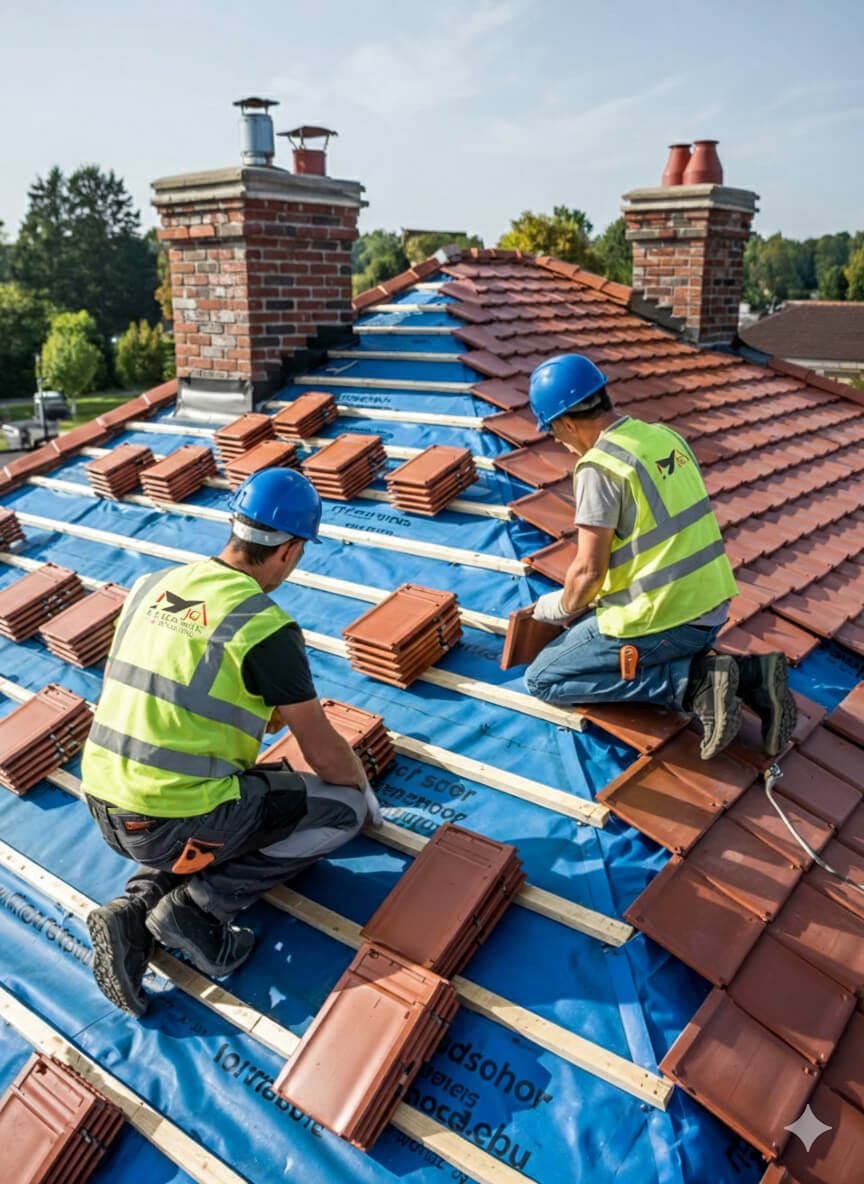
Get a free, no-obligation quote today.
Our experts are standing by to help you choose the perfect flat roofing solution.
⏱ Response within 24 hours guaranteed
Accredited by Which Trusted Trader, CITB, and approved by Kemper and Westwood, our team delivers safe, compliant, and warranty-protected Roofing Services in Lewisham projects. These credentials mean guaranteed standards and long-term assurance—reinforced by the positive client reviews that consistently highlight quality, professionalism, and trust.


Complete reroofing. Living in Singapore at the time and T was super responsive and communicative.
Replacement of lead box gutter and new flashing to parapet wall. I had an excellent experience using James and the team. He was very prompt in all aspects of communication and completed a first class job. Really pleased.
James completed some repairs on our roof and replaced some of our pebble dash by the roof as well. He was very thorough and fixed everything. He kept us really informed by taking photos and showing us what he did and keeping us updated. It also went onto our neighbours roof and he did the same fo...
We had a leak in our bedroom and James fixed the roof for us to stop it from leaking. All the work came with a warranty. The work that was carried out was good. James and his team were polite, and did all the work quickly and without too much interruption to our day-to-day lives. Would recommend ...
J G Leadworks have repaired and replaced the roofs and gulleys over our warehouse and workshops which have meant both areas are now watertight
James and team were incredibly responsive to my request to look at a serious leak issue on my flat roof. They did a very thorough investigation and explained in detail the issue and gave a fair quote. They were quick to book in and complete the work and have checked in afterwards a few times to m...
James was quick to respond to the initial contact and was able to work around some time constraints I had. He explained what needed doing clearly and was happy to answer follow up questions. He took pictures to show each stage and I feel confident in the work that was done by James and the team. ...
JG Roofing were very easy to work with. Their quote was sensible and they stuck to that figure. They completed many repairs to my roof including, rebuilding a leaded gutter, reinforcing rotten rafters, rebuilding a long felted gutter and felting parapet walls, resurfacing and felting a flat roof,...
Planning and legal checks protect clients from costly errors, delays, and non-compliance, ensuring roofing projects meet regulatory and safety requirements.
Permission is typically required for listed properties, conservation areas, or major roof alterations. All projects must also satisfy Building Regulations, including Part A (structural safety) and Part L (energy efficiency), ensuring compliant and future-proofed installations.
Our team manages the full process, from initial surveys to legal guidance, preparing documentation, and liaising with local authorities where needed. Whether working on modern homes or heritage sites, we ensure every project is delivered legally, safely, and with minimal disruption—providing complete reassurance and peace of mind to property owners.

Every project unites skilled workmanship with rigorously tested materials.
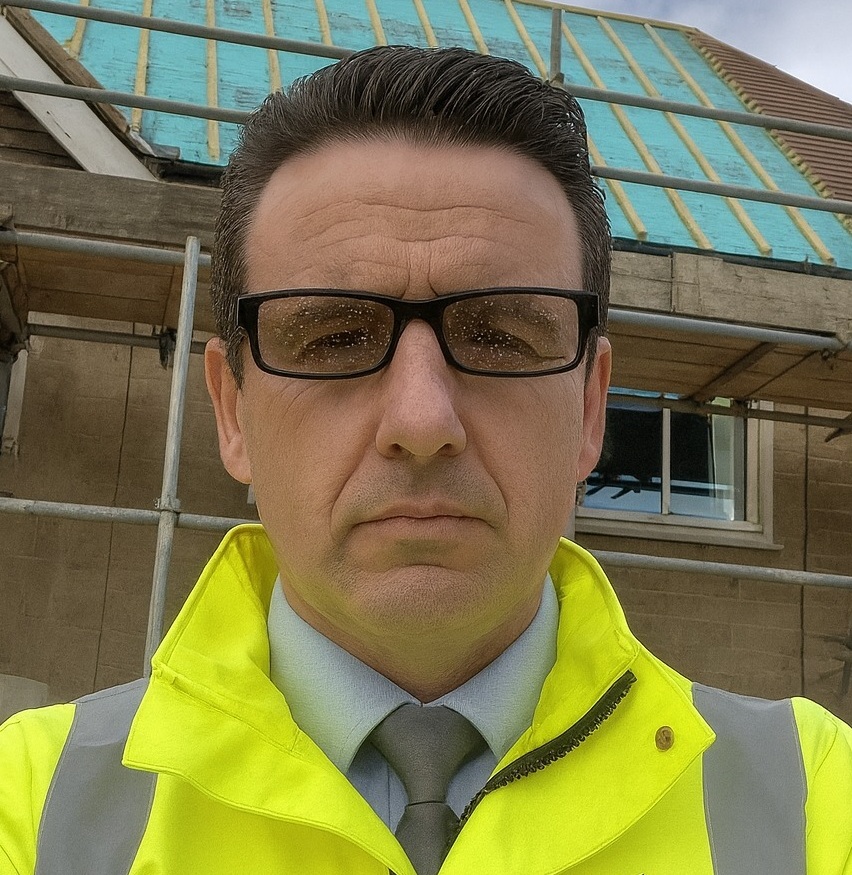
With 25 years of experience in lead sheet roofing, James is a trusted expert in heritage roofing, slate, and tiling. His knowledge of traditional methods, paired with modern compliance, makes him a go-to specialist for projects that demand both craftsmanship and durability.
Roofing Services in Lewisham provides lasting protection, efficiency, and value, delivering durable, compliant roofing solutions that safeguard every type of property investment.
Selecting Roofing Services in Lewisham involves balancing durability, budget, compliance, and aesthetics to secure the best-fit roofing solution for your property.
Why Clients Choose JG Leadwork and Roofing
With decades of trade experience, our teams understand the unique demands of London and Home Counties roofing. From heritage-listed properties to contemporary extensions, we adapt solutions to local regulations, weather conditions, and architectural styles with precision.
Accredited by Which Trusted Trader, CITB, and approved by Kemper, Westwood, IKO, ALM, and other leading suppliers.
These credentials guarantee safety, compliance, and access to manufacturer-backed warranties, giving clients peace of mind that their project meets the highest professional standards and benefits from warranty protection.
Our heritage projects use Welsh Slate and handmade clay tiles for authenticity, while leadwork is delivered to Lead Sheet Association (LSA) standards. Commercial installations employ Kemper and Westwood liquid systems for durability and efficiency. Each example demonstrates our reliability, blending traditional craftsmanship with modern performance.
Our workforce includes skilled roofers, heritage specialists, and safety-certified installers.
Every roofer holds NVQs, receives ongoing CPD training, and is qualified in both modern flat systems and traditional techniques, including slate and leadwork.
Team structure ensures projects run smoothly—surveyors identify needs, installers deliver with precision, and supervisors oversee compliance. This approach minimises disruption, accelerates timelines, and guarantees consistent quality across residential, commercial, and industrial roofing projects.
Every project is regulation-compliant, warranty-backed, and focused on long-term results.
Client testimonials and case studies confirm our track record, with projects praised for professionalism, durability, and customer support.
We go beyond installation with aftercare packages, maintenance support, and open communication at every stage. Property owners gain reassurance that JG Leadwork and Roofing stands behind its work. Book a free survey today and discover why homeowners, landlords, and businesses trust us with their roofing.

Get a free quote, rapid response, and expert service across London and the Home Counties. Contacting JG Leadwork and Roofing is your simple first step to dependable roofing solutions.
We source materials from leading suppliers including Supreme and IKO felt systems, Kemper, Westwood and Proteus liquid systems, Welsh Slate, handmade clay tiles, ALM Lead Mills, and Nicholson Air Track. These trusted brands guarantee durability, compliance, and warranty-backed performance across flat, pitched, heritage, and commercial roofing projects.
.
.
For homes, Roofing Services in Lewisham safeguards comfort and enhances kerb appeal with durable, energy-efficient systems. Whether modern extensions or traditional pitched roofs, tailored solutions improve living standards and protect property value.
For businesses, Roofing Services in Lewisham delivers cost-effective, large-scale installations with minimal disruption. Projects are planned around operations, with safety compliance, energy performance, and flexible scheduling built in—supporting offices, retail, schools, and industrial facilities with reliable, regulation-ready outcomes.
For heritage properties, Roofing Services in Lewisham combines authentic materials such as Welsh slate, handmade clay tiles, and ALM lead with skilled conservation techniques. Listed building consent and conservation requirements are fully managed, ensuring traditional character is preserved while integrating modern weatherproofing. This careful balance provides long-term durability without compromising historic integrity or aesthetic value.
JG Leadwork and Roofing delivers Roofing Services in Lewisham across housing, commercial, heritage, and public sectors. Every industry comes with unique requirements, from safety and compliance to efficiency and conservation. Our adaptability ensures projects are delivered with precision and professionalism—whether safeguarding homes, supporting business continuity, preserving history, or protecting critical public and healthcare facilities.
Durable roofing installed with minimal disruption, ensuring safe, regulation-compliant workspaces for staff and visitors.
High-standard, compliance-focused solutions protect community facilities while meeting strict safety and regulatory obligations.
Heavy-duty roofing tailored for wide spans, ventilation, and long-term maintenance efficiency.
Authentic materials and sensitive methods preserve historic character while adding modern protection.
Weatherproof systems that enhance kerb appeal and guarantee uninterrupted trading for outlets.
Tailored roofing improves guest comfort, safety, and ambience across hotels, restaurants, and venues.
Safe, durable systems designed for schools and universities with minimal learning disruption.
Specialist roofing solutions built for hygiene, safety, and regulatory compliance in medical environments.
Our team of NVQ-qualified roofers, LSTA-trained specialists, and health & safety-compliant professionals bring decades of combined experience. Every project is delivered with meticulous attention to detail, ensuring safe practices and consistent quality across flat, pitched, heritage, and commercial roofing disciplines.
Expertise includes heritage leadwork, slate and tile roofing, modern flat systems, and drone-assisted roof surveys. Ongoing CPD training ensures adaptability to both traditional craftsmanship and the latest innovations—giving clients confidence that every roof is built or repaired with proven skill and care.

A thorough survey highlights existing issues, structural considerations, and upgrade opportunities, ensuring the best-fit solution is identified from the very beginning.
Transparent, itemised quotes detail costs, timelines, and materials—giving you complete clarity and confidence before work starts, with no hidden surprises.
Scaffolding, access solutions, and robust safety measures are put in place to safeguard both property and people throughout the project.
Skilled roofers complete the work using accredited materials and proven techniques, delivering durable, compliant results while keeping disruption to a minimum—whether for repairs, replacements, or new installations.
Each stage is inspected against manufacturer standards and Building Regulations, with photographic documentation provided for transparency and peace of mind.
Each stage is inspected against manufacturer standards and Building Regulations, with photographic documentation provided for transparency and peace of mind.
In a competitive roofing market, many providers look the same on paper. JG Leadwork and Roofing stands out through proven expertise, accredited methods, and specialist techniques. Our combination of traditional craftsmanship and modern technology makes us the safer, smarter choice across residential, commercial, industrial, and heritage projects.
In a competitive roofing market, many providers look the same on paper. JG Leadwork and Roofing stands out through proven expertise, accredited methods, and specialist techniques. Our combination of traditional craftsmanship and modern technology makes us the safer, smarter choice across residential, commercial, industrial, and heritage projects.

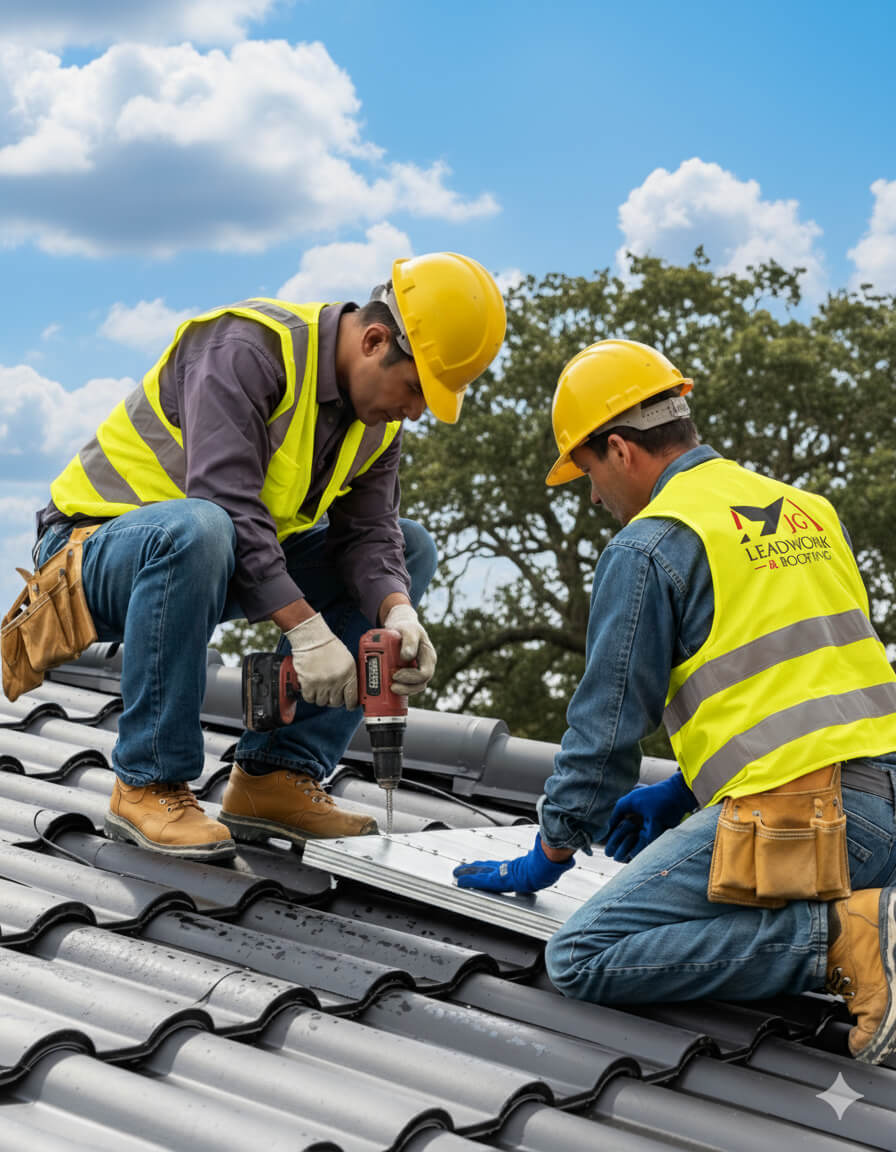
At JG Leadwork and Roofing, every project follows a structured QA process. Each stage—materials, installation, safety, and final sign-off—is measured against manufacturer specifications and UK Building Regulations to ensure durability, compliance, and warranty-backed performance across all roofing services.
Projects are only signed off once all QA checks are complete, giving clients confidence in long-term performance, structural safety, and insurance-backed peace of mind.
Every Roofing Services in Lewisham project by JG Leadwork and Roofing is delivered in strict alignment with UK Building Regulations and recognised frameworks. This ensures structural safety, energy efficiency, durability, and protects warranties and insurance coverage across residential, commercial, industrial, and heritage properties.
Clients can be confident their project is completed legally, safely, and insurance-ready—delivering long-term performance, compliance assurance, and complete peace of mind.
Property owners often wonder about Roofing Services in Lewisham—from costs and timescales to permissions. Below, you’ll find straightforward, trustworthy answers to the most frequent and practical queries.
Roof leaks after heavy rain are a frequent complaint for property owners—and with good reason. Persistent leakage risks expensive internal repairs, hidden mould, insulation failure, and sometimes insurance complications if timely action isn’t taken. Understanding the real root causes, rather than relying on guesswork, is vital for maintaining property value, avoiding repeated disruption, and ensuring a roof lasts its full designed lifespan. Here’s a structured breakdown of why rain penetrates roofs in Lewisham and similar climates, with plain-English explanations and actionable inspection insights.
The most common cause of rain-related leaks is deterioration or physical failure of the roofing membrane or weatherproof layer—be it tiles, slates, felt, or a flat roof covering such as EPDM rubber. Over years of exposure to the sun’s UV rays and the cycle of wetting and drying, these materials can lose flexibility, develop cracks, or even suffer tile slippage. Micro-cracks often go unnoticed until heavy rainfall finds its way through; water tracks beneath the covering and can saturate the underlay, battens, or even ceiling below.
Typical symptoms include:
Leaving such issues unresolved allows moisture to migrate to roof timbers, starting a process called insidious decay—where rot or mould develops out of plain sight, weakening roof integrity. Older roofs, or ones not maintained every 10–15 years, are particularly prone to weather-driven breakdown, especially after the UK’s winter freeze–thaw cycles, which expand small cracks between tiles or felt seams.
A second root cause is failure in the critical interface zones—places where roofs meet brickwork, chimneys, valleys, roof windows, and parapets. In almost all pitched roofs, lead flashing or similar metal is installed to deflect rain from vulnerable joints. When flashing corrodes, slips out of place, or isn’t optimally sealed (sometimes through poor workmanship or movement in the building itself), driving rain can run behind the weatherproofing and into the structure. Even a small displacement—just a few millimetres—opens the door to capillary tracking, where water “creeps” upward against gravity through tiny gaps.
How to spot faulty flashing:
Often, repairs require removal and reapplication of flashing according to BS5534 best practice, and regular re-bedding where movement or thermal expansion occurs.
UK weather—characterised by periods of heavy “sheet” rain, wind-driven downpours, and regular freeze–thaw—can stress even well-built roofs. On flat roofs in particular, ponding (standing water remaining for more than 48 hours after rain) can force water into tiny seams or weaknesses. Flat or low-slope roofs need a minimum “fall” of 1:80 to prevent ponding; even minor sagging in decking over time can worsen this.
Additionally, insufficient insulation or lack of ventilation (such as blocked eaves or ridge vents) can cause interstitial condensation—where moist, warm air from inside meets a cold roof deck, leading to damp within the roof build-up. This is a frequent cause of “hidden” rot in Lewisham’s period properties. Part L of UK Building Regulations now specifies minimum insulation thickness and mandatory ventilation routes to reduce this risk, but many older homes pre-date these rules.
Inspection cues:
Detecting the true source of leaks requires a methodical, multi-layered inspection. Start with a visual survey—look for obvious cracks, loose tiles, or corroded flashings from both ground level and, carefully, via loft access. Use a moisture metre to check hidden damp spots in ceilings or timbers. For flat roofs or hard-to-access slopes, drone imaging can reveal surface defects or standing water not visible to the eye. In persistent cases, a professional may use a borescope (a small flexible camera) to inspect positions beneath the membrane, or take a core sample on flat systems to diagnose trapped moisture or hidden rot.
Summary table:
| Cause | Symptom | Risk if Ignored | Typical Remedy |
|---|---|---|---|
| Membrane deterioration | Damp patches, blisters | Rot, leaks worsen | Replace/patch membrane |
| Failed flashing | Staining, musty odour | Structural damage | Re-bed or renew flashing |
| Ponding / poor fall | Pools on flat roof | Accelerated failure | Improve falls, repair sag |
| Insulation/ventilation gap | Mould, condensation | Hidden rot/mould | Add vents/upgrade insulation |
Effective leak prevention and repair depends on accurately identifying the real root cause, not just treating surface symptoms. Regular, thorough inspection saves money, maintains structural safety, and protects against long-term property loss.
Choosing between slate and tile roofing in London is more complex than simply picking a favourite look. The cost difference comes from how materials, labour, regulations, and local factors interact—details that matter for accurate budgeting, compliance, and long-term satisfaction. Here’s what property owners, developers, and contractors need to weigh when deciding on a new roof or refurbishment in the capital.
Material is the primary driver. Slate is a natural stone, cut to produce thin, weather-resistant tiles prized for their appearance and longevity. Tiles are usually made from clay or concrete, with concrete generally being the most affordable. In London, slate is nearly always the costlier option at purchase.
Slate earns its premium because, with proper maintenance, a good-quality slate roof can last well over a century. By comparison, clay or concrete tiles generally need replacement after 40–65 years. This means many clients weigh higher initial outlay against the lower frequency of future work.
The build process affects overall pricing just as much as the material. Laying slate is painstaking, with each piece carefully sized, aligned, and nailed by hand. This craftsman approach demands more skill and site time—factors reflected in the installation bill. Tiles (especially “interlocking” concrete types) are larger and simpler to fit, often using modern batten or rail systems that quicken the process.
One key British Standard, BS 5534, governs how all these elements must be fixed for wind resistance and weatherproofing. Slate jobs often require tighter fixings or metal clips, adding to time and labour costs.
London’s bylaws further shape decisions. In conservation areas or on listed buildings, maintaining the existing character can mean you’re required to replace like for like—so a slate roof must go back as slate, regardless of cost preference. Even standard re-roofing likely triggers a need for thermal improvements under Part L of Building Regulations, which sets minimum insulation levels measured by “U-value” (how much heat escapes the roof). These upgrades are mandatory on almost every project, and insulation can add significant per-square-metre costs—no matter which finish is visible from the street.
A London postcode brings unique pressures. Urban sites often have challenging access requiring complex scaffolding, especially for terraces and period properties. Weather exposure from tall buildings may demand thicker materials or extra fixings. Material supply chains—especially for imported slate (e.g. Welsh or Spanish)—have been volatile, pushing up prices and causing delays. Labour rates are typically higher in the capital than most of the UK.
| Factor | Slate (per m²) | Tile (per m²) | Why It Matters |
|---|---|---|---|
| Material Cost | £35–£55 | £12–£35 | Slate outlays are higher upfront |
| Labour + Complexity | £60–£90 | £35–£60 | Slate is slower, more specialised |
| Insulation/Part L Add-on | £8–£18 (typical) | £8–£18 (typical) | Regs add cost regardless of finish |
| Heritage Constraint | Frequent | Occasional | Can fix you to slate only |
(*Estimates ex VAT, not including scaffolding or disposal)
The best-fit option is rarely just about up-front savings. Weighing material longevity, required compliance, installation demand and site logistics makes the right choice clearer for London’s distinctive property stock.
The time needed to instal a new roof depends on project type and several property-specific factors, but most standard residential roof replacements in Lewisham are finished within 3 to 7 working days. Small, straightforward roofs may be ready faster, while complex, heritage, or repair-heavy jobs can require up to two weeks. UK weather, property access, and roof material all play a part in setting realistic timeframes. Knowing what to expect helps homeowners, landlords, facilities managers, and heritage custodians minimise disruption, control spend, and plan around safety obligations.
Understanding installation timelines is critical for budgeting, project scheduling, and reducing property downtime. In practice, installers must prepare for permits, coordinate material deliveries, allow for dry working periods, and safely manage scaffolding or waste at each stage. Overlooking property-specific variables can risk unnecessary exposure to the elements, unexpected delays, or cost overruns.
For a typical pitched roof (such as on a Victorian terrace or semi-detached house):
Flat roofs (felt, GRP, EPDM) usually take 1–3 days if weather is stable. Heritage or listed building projects can take longer due to specialist material sourcing, extra finish detailing, or council oversight—sometimes doubling the regular timeline.
Several real-world factors affect installation complexity and duration, including:
Consistent, modest maintenance is essential to maximise your roof’s lifespan. For common Lewisham properties:
Spotting and addressing small issues early—like lifting tiles, blocked valleys, or worn edges—can prevent expensive structural repairs and interior water ingress later on.
| Material | Typical Lifespan | Inspection Frequency | Key Maintenance Tasks |
|---|---|---|---|
| **Natural Slate** | 80–100 years | Every 5 years | Replace broken slates, clear gutters |
| **Clay Tile** | 50–75 years | Every 3–5 years | Re-bed ridge tiles, check fixings |
| **Concrete Tile** | 40–60 years | Every 3 years | Replace damaged tiles, inspect valleys |
| **Torch-On Felt** | 10–20 years | Every 1–2 years | Check seams, reseal edges, patch damage |
| **EPDM Rubber** | 25–40 years | Every 2–3 years | Clean surface, check junctions |
| **Liquid Systems** | 20–40 years | Every 2–3 years | Inspect for cracks, recoat as needed |
Following these inspection and maintenance routines helps Lewisham property owners secure maximum value and all-weather protection, safeguarding budgets and structural integrity for decades.
Understanding whether to repair or fully replace your roof goes far beyond comparing headline prices. Cost is only part of the equation—homeowners, landlords, and business managers need financial clarity, robust protection against future risk, and confidence that any investment is guaranteed by reliable warranties and reputable workmanship. Taking shortcuts to save in the short term often leads to far greater costs down the line, especially if repairs are performed without the right credentials or regulatory compliance.
The price difference between roof repair and complete replacement in Lewisham is substantial, but several variables sway the total. Labour, materials, property configuration, and scope of the problem all play a role.
| Service Type | Typical Range (UK) | Key Influences |
|---|---|---|
| Roof Repair | £250 – £1,200 | Type of damage, access challenges, chosen materials |
| Roof Replacement | £5,000 – £15,000+ | Roof size, structure complexity, insulation needs, finish and drainage upgrades |
For minor repairs like patching leaks or fixing flashing, costs stay relatively modest if tackled promptly. Delays allow water ingress, rot, or insulation failure, which drive up not just repair costs but also future energy bills and structural remediation needs. A full roof replacement, while a larger upfront commitment, is often warranted when widespread damage, outdated materials, or multiple historic repairs have left the structure at risk. The right approach always factors in age, material lifespan, and local climate exposures.
A major concern for any property owner is “what happens if something goes wrong after the work?” That’s where an insurance-backed warranty becomes critical. Typical durations range from 10 to 20 years and can cover:
Having these protections is more than just peace of mind—it’s a regulatory expectation under Part L compliance for energy efficiency and can be mandatory for insurance or resale purposes. Without a valid warranty, future defects can render you liable for costly repairs and may even cause issues with insurance claims if damage escalates.
Trust is anchored in proof. An accredited installer—holding NVQs, up-to-date CITB training, membership in trade bodies like Which Trusted Trader, or manufacturer-specific certifications—should be your baseline standard. Because:
Choosing a contractor without these credentials raises the risk of technical errors, non-compliant installations, or voided warranties—all of which can cost far more than any day-rate savings.
Tempting as it may be to “save” on the job, most roofing shortcuts undermine everything you’re trying to protect:
Upfront savings from corner-cutting often result in much higher outlays when you factor in emergency repairs, lost warranty claims, and reduced asset resale value. Properly costed, warranty-backed, and regulation-compliant installations are rarely the most expensive option in the long run—they’re the safest, most reliable investment for any property in Lewisham.